In 2008, Lisa Moberg, now an NBCT and once a blogger for Stories from School Arizona, was teaching on a third grade team in a West Valley Title I school. The team had heard about the Western Growers Foundation grants for school gardens and decided to apply. They thought a garden would be perfect, because, at the time, there was still a lot of farming and ranching mixed in with the suburbs, and the school was surrounded by watermelon fields, corn fields and citrus farms. That first year, they planted an in-ground garden bordered by straw bales and discovered that they had very fertile soil and many enthusiastic students. The area was often used as an outdoor classroom, but the garden club was an after school club. It was a huge success.
The following year, Moberg returned to discover that during renovations of the school building, the garden had been destroyed. The district felt so bad, it built a new garden; however, she says the soil was never as good as that original garden. Still, Moberg always had about 50 kids show up for gardening club.
This was the beginning of her interest in and advocacy for school gardens. Moberg eventually changed districts, and it wasn’t until 2018 that she once again established a school garden. Since then, she has begun to develop a garden network in her district, focusing on engaging Title I schools. Since my school has a brand new garden (Thank you, Kohl’s Mindful Me and Greenie’s Garden!) I wanted to interview Moberg and learn from her experiences as I set forth on my new adventure helping coordinate the garden.
AHS: What is the best experience you have had with your school garden?
LM (after having to mentally sort through the many good experiences): It seems like the garden is often most helpful to the students with special needs. I had one girl student who would become very worked up and anxious this past year. She had a hard time functioning in class, but taking her out into the garden and smelling the roses would help her calm herself.
Another thing I really love about garden club is the vertical learning environment, seeing the sixth graders help the first graders and having that relationship piece.
AHS: What have been some of the challenges you have faced?
LM: I have had a hard time planning field trips. Finding a farm for my garden club to visit was surprisingly difficult. I found a farm in Chino Valley that looked perfect. Their website featured it as a smaller farm, with a little bit of everything, and doing some sustainable work. I wrote them to ask if I could bring my class to visit, and they responded that now they grow marijuana and so it is no longer suitable for children.
District policies surrounding field trips and grants are also very restrictive. Everything has to be approved far ahead of time by multiple parties.
[We had a discussion about how this is the case in many districts.]
AHS: We have a new garden at our school. I have a lot of ideas, but sometimes I get ahead of myself. What are your top three words of advice?
LM:
- Make a plan for the quarter. Day by day teaching and routines will get in the way if you do not plan ahead.
- Make it exciting.
- Build relationships. Include kids from outside your own classroom. Kids want an experience with nature. One of our multiple intelligences is the naturalist, and we often ignore that one. I think people are craving nature now and finding new ways to bring it into a city. But do we bring it into the classroom?
AHS: What are some ways you have found to encourage family engagement with the garden?
LM: This last year we did a Mother’s Day tea at the end of our last meeting. We had chamomile tea from the garden. The parents came, mostly moms, and we had tea and cookies. It was so fun.
This year, we had an application process for garden club. Kids were guaranteed one quarter in the club, but if they wanted to be in all year, their parents had to volunteer once a month. It has worked out really well.
We are going to have a plant sale. We are growing native plants from seeds, and are “selling” them for donations.
I am also planning a composting program where students will be issued a compost bin for the week, one of those ice cream pails from the inexpensive ice cream. They collect their fruit and vegetable scraps, then bring it back to compost. It encourages composting, but also gets the family to think about how many fruits and vegetables they are eating.
I really want to have a huge community impact.
AHS: What leadership work are you doing around school gardens? What goals do you have?
LM: Through the inspiration of the Teacher Leadership Institute [AEA/NEA] and looking at my leadership experience in the past, I thought about how I can be a leader in the present. Two things happen with teachers, I think. They can get stuck in the routine of the classroom and not realize you can be a leader without becoming an administrator. Then there are the teachers who achieve National Board Certification and take on collaborative leadership roles for a few years but need something new to take on after a while. I thought about my passions and what type of thing would help me get out of bed in the morning. I decided that school gardens are my thing, I feel good about it, and I wanted to create a network and share.
We have also created a partnership with Master Gardeners of Maricopa County. I attended the School Garden Sustainability Summit to learn more and make connections with other schools.
I have established a school garden network within the district, and have 11 out of our 30 schools interested, and 5 schools actively involved. They have gardens already. I want it to be an organic PLC, want it to be something the teachers are passionate about and hold each other accountable for.
AHS: What support or guidance does a school garden coordinator need from the school administration or district? What should be my “asks”?
LM:
- Consistent irrigation
- Protected space
- Autonomy to do new things and be creative. Teachers should be valued and trusted as the professionals they are and should be able to do the out-of-the-box ideas, because they know what is good for kids.
- Teachers need to be able to have fundraisers, write grants, and have field trips without having to jump through 3,000 hoops.
You can visit the website that Moberg developed as part of her capstone project for the Teacher Leadership Initiative, Growing Gardeners, to find out more about starting a successful gardening program at your school!
Comment and share your school garden experiences!

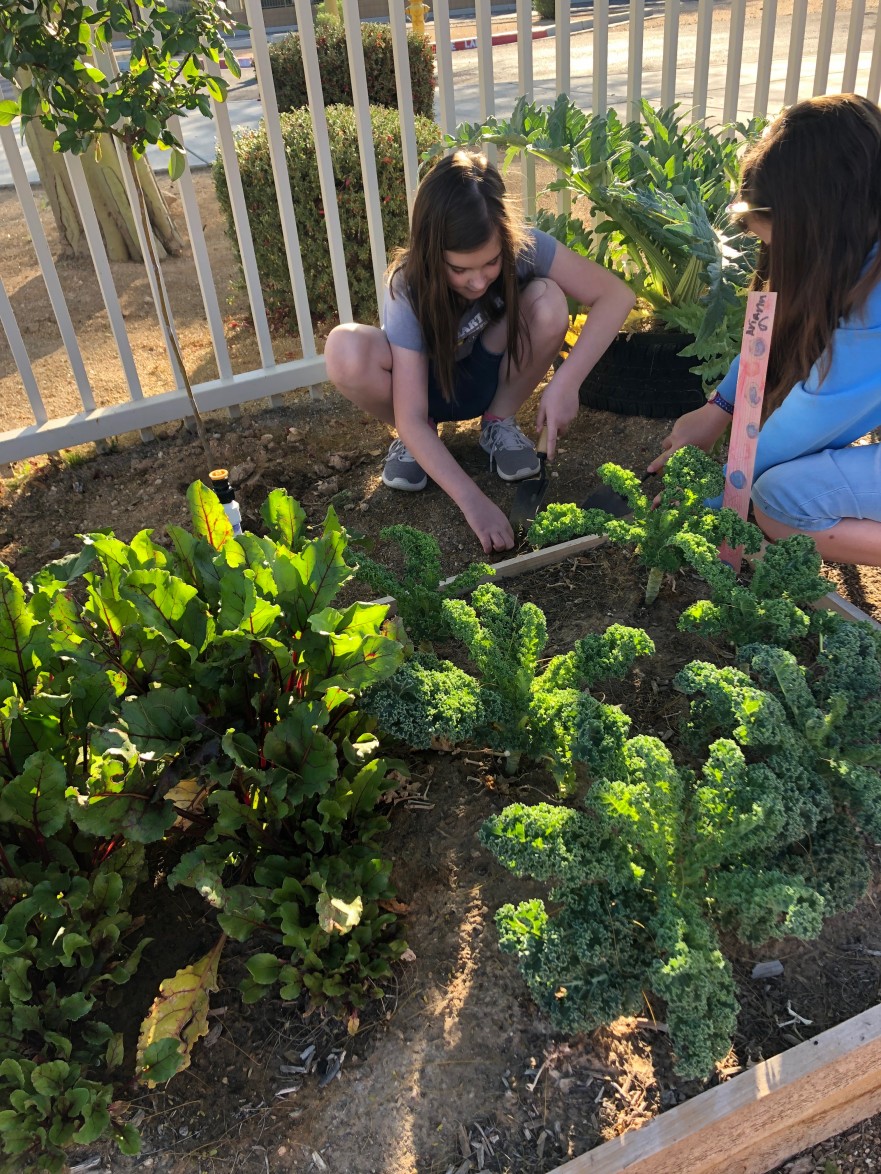




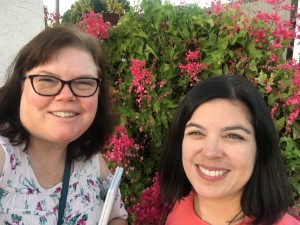
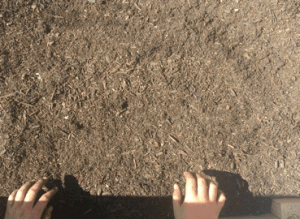
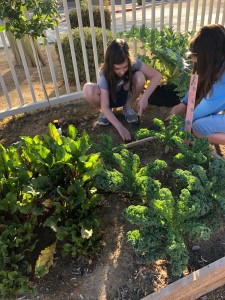

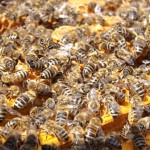

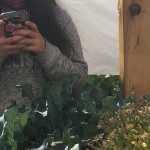
Comments 1
I absolutely LOVED this blog! I did a short internship at a school called Children’s Center for Neurodevelopmental Studies (Glendale) where they had a school garden and a horticultural therapist on staff! (Yes, that is a REAL JOB!) I absolutely loved her. They used gardening to teach sequencing, relaxation, and pretty much every academic subject to students with autism. Lisa, I think it’s amazing that you have *not only* created an amazing garden at your own school–but also set your sites on helping others do the same. A few years ago, there was someone at my school who tried very hard to start a garden club and could never get it going. It was my first year in a new organization and I was swamped. Now I regret that I did not try and help her more. I am going to share this with my school to see if we can get something like this going. I teared up a couple of times with your stories and your passion. Thanks for bringing this story to others Amethyst! Kudos to you both!